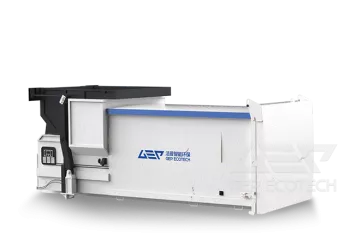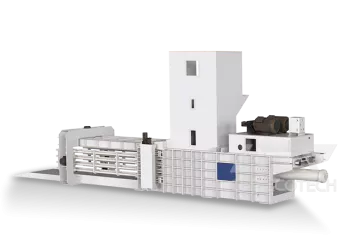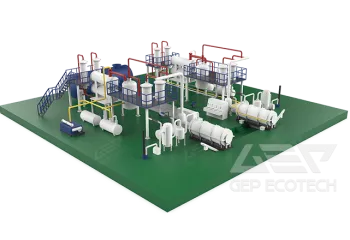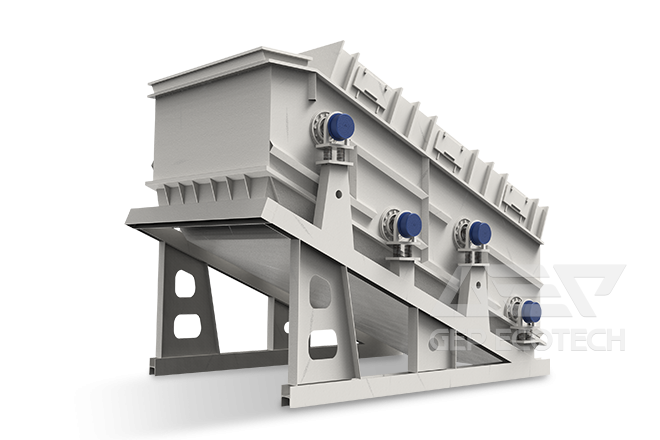Waste rubber has become synonymous with black pollution, polluting the environment and occupying more land. The data shows that only 45% of the waste tires are recycled and resourced. The increasingly severe black pollution poses a serious threat to the ecological environment. In addition, the lack of rubber resources and the recycling of used tires are necessary for the situation.
China is the world's largest rubber consumer, the largest rubber importer and a major producer of waste tires. The annual production of used tires is more than 400 million and the weight is more than 15 million tons. The double contradiction between the high dependence of rubber resources and the high production of waste tires restricts green development.
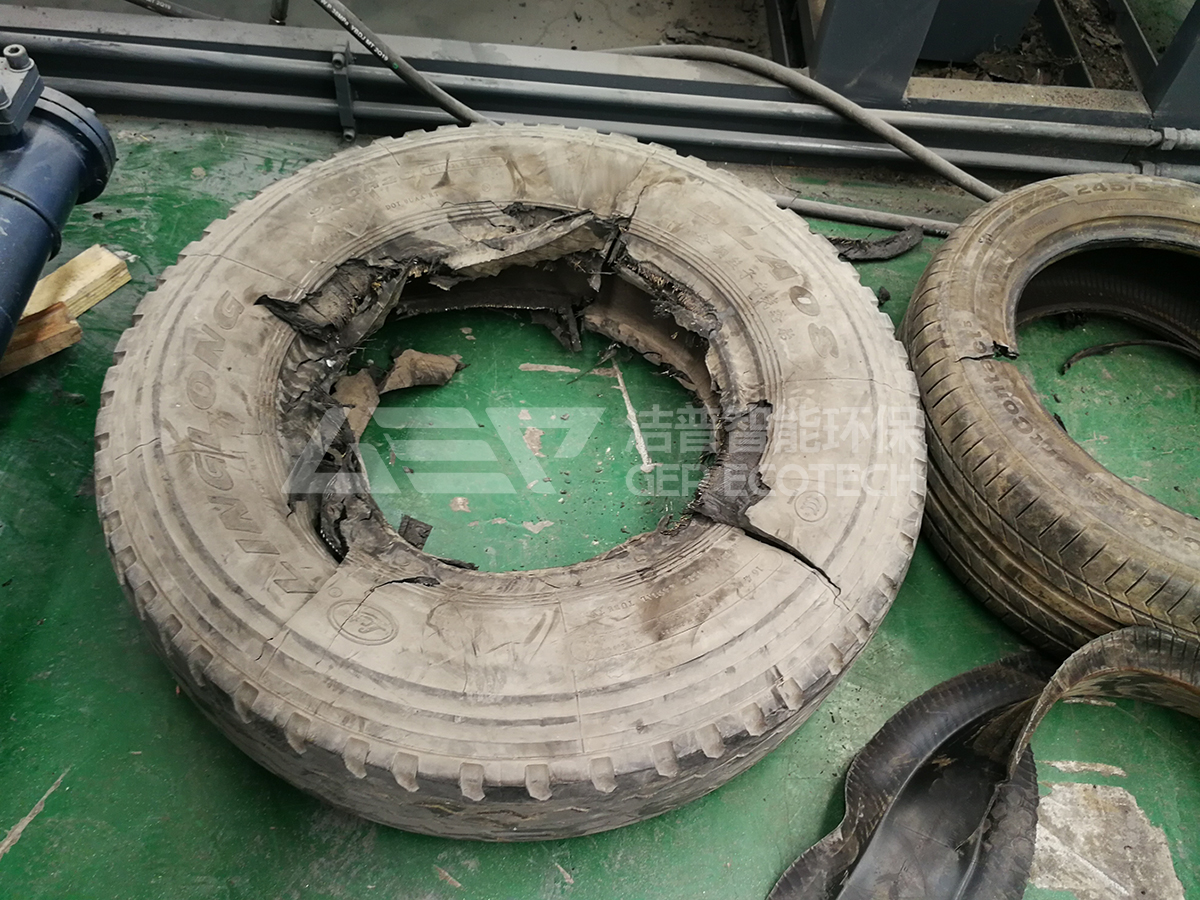
How to recycle waste tires?
Under the trend of increasing global waste tire processing pressure, the choice of thermal cracking technology is the trend of the times. Thermal cracking is different from the physical treatment of tire retreading and rubber powder. It is the chemical re-engineering of waste tires and is considered to be the most effective and promising treatment method for waste passenger car tires. The waste tires are treated by thermal cracking technology to obtain products such as pyrolysis oil, carbon black, steel wire and combustible gas. Research and development of environmentally friendly and practical technologies, these products will be finely refined, and the economic added value will be greatly improved, so the thermal cracking technology has a strong development and sustainability.
GEP ECOTECH waste tire disposal production line consists of wire drawing machine, waste tire crusher, roller screen, magnetic separator iron remover and intelligent monitoring, intelligent dust reduction system. The used tires are first pulled out by the wire drawing machine to facilitate the shredding in the next process. Separating the wire from the rubber protects the tire shredder tool, extending tool life and increasing the efficiency of the shredder.
The Zep Tire Crusher is a crushing device specially designed for tires with large volume, thickness and hardness. The rubber tire can be effectively shredded. The vibrating screen is combined with the tire crusher to screen the material after the shredding treatment, and the larger size rubber block will be transported into the tire crusher for secondary crushing processing. The unique shape design not only saves space on the production line, but also greatly increases production efficiency and saves labor. The waste tires are broken and cracked in an orderly manner, and the rubber blocks are separated from the rubber by a magnetic separator.
GEP ECOTECH tire disposal production line is equipped with GI intelligent monitoring system, which automatically detects the running status of the equipment. Once equipment failure occurs, it will promptly alert and solve problems in time. In addition, the intelligent dust-reducing system belongs to the complete set of equipment in the complete production line of tire recycling equipment, and is automatically adjusted according to the air density to improve the production environment of the workshop.
The overall structure of GEP ECOTECH tire disposal production line is compact, the production line design is scientific and efficient, the operation is safe and stable, the processing capacity is strong, and the matching between various systems is appropriate and reasonable, which has positive significance for improving work efficiency, reducing energy consumption and protecting ecological environment.
Thermal cracking technology is an important way to maximize the digestion of used tires. It can produce a large amount of clean energy for recycling, creating greater value and turning waste into treasure. Under the support of the policy and the demand of the big environment, the prospect of thermal cracking of waste tires is broad, and the future development is promising.


